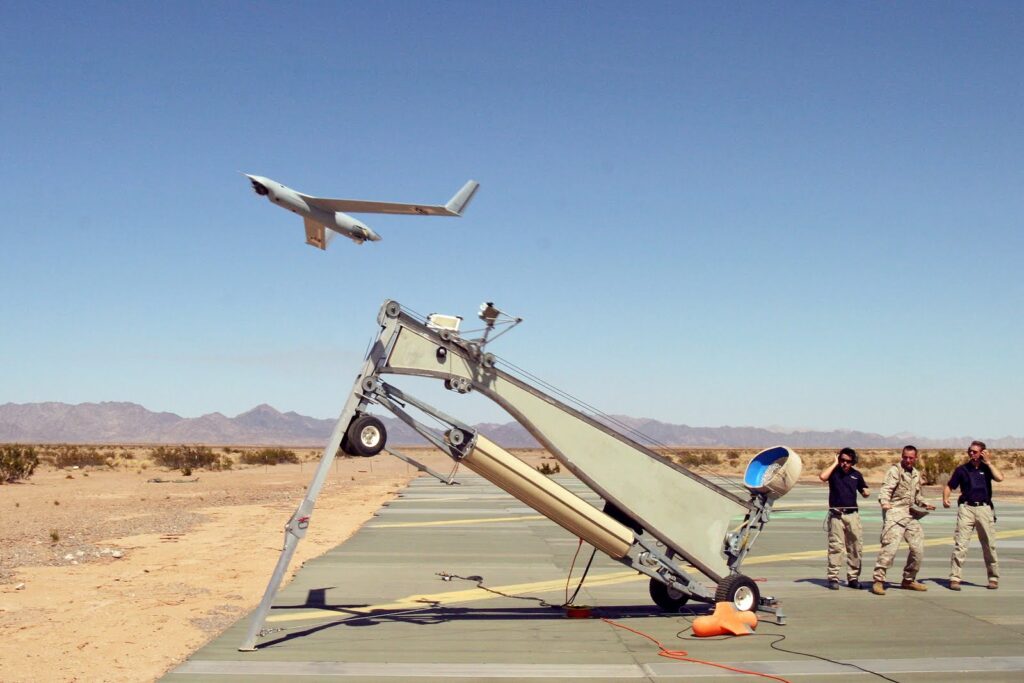
The U.S. Coast Guard (USCG) issued a draft RFP for industry comment for maritime UAS for some of its fleet. (Photo: U.S. Marine Corps/Sgt Guadalupe M. Deanda III)
The Coast Guard last week issued a draft request for proposal (RFP) for unmanned aircraft systems (UAS) that would be operated by contractors aboard some of its cutters, moving a step closer toward a new procurement.
The draft solicitation is for Group II and III UAS, the former having a gross take-off weight between 21 and 55 pounds and the latter weighing less than 1,320 pounds. Currently, the Coast Guard’s high-endurance national security cutters (NSCs) operate with Group II ScanEagle drones, which are owned and operated by Insitu, a unit of Boeing.
The contract with Insitu will soon be ending and the draft RFP will be for continuing a contractor-owned, contractor-operated capability aboard the NSCs, a Coast Guard spokeswoman told Defense Daily on Wednesday.
Insitu formed a partnership in 2021 with two Norwegian companies, Robot Aviation and Andøya Space, to build an uncrewed aviation ecosystem for the Arctic and High North. At the time, the Insitu ScanEagle UAS had flown more than 1.3 million hours.
Previously, the Coast Guard issued two requests for information to help inform requirements for the pending maritime UAS (MUAS) procurement. In addition to the NSCs, the Coast Guard plans to eventually deploy UAS aboard its medium endurance offshore patrol cutters as they come online.
Some of the performance objectives of the MUAS services outlined in the draft RFP include tracing a wide range of targets to include go-fast boats, small wooden boats, self-propelled semi-submersibles, and persons in the water for at least 12 continuous flight hours per day, as well as to be able to do conduct multi-day surge operations that exceed 12 hours of continuous intelligence, surveillance, and reconnaissance flight time for up to five straight days. The MUAS will also support other units with imagery, data, target illumination, communication relay, or other capabilities.
This article was originally published by Defense Daily, a sister publication of Avionics International. It has been edited. Read the original version here >>